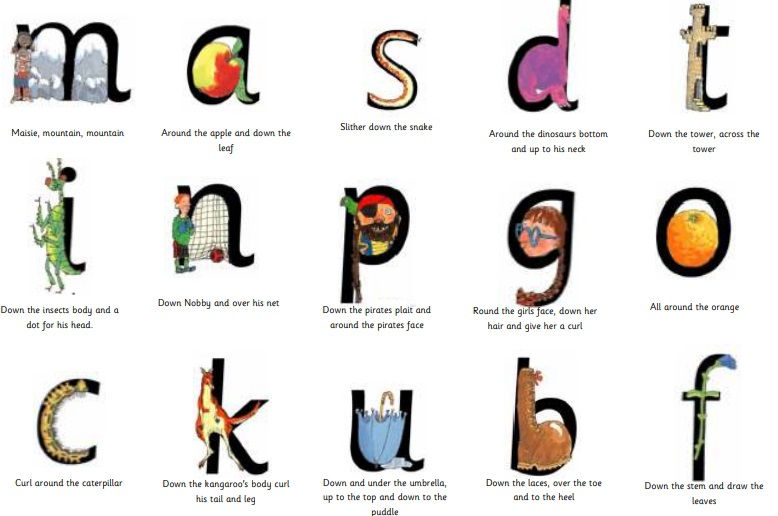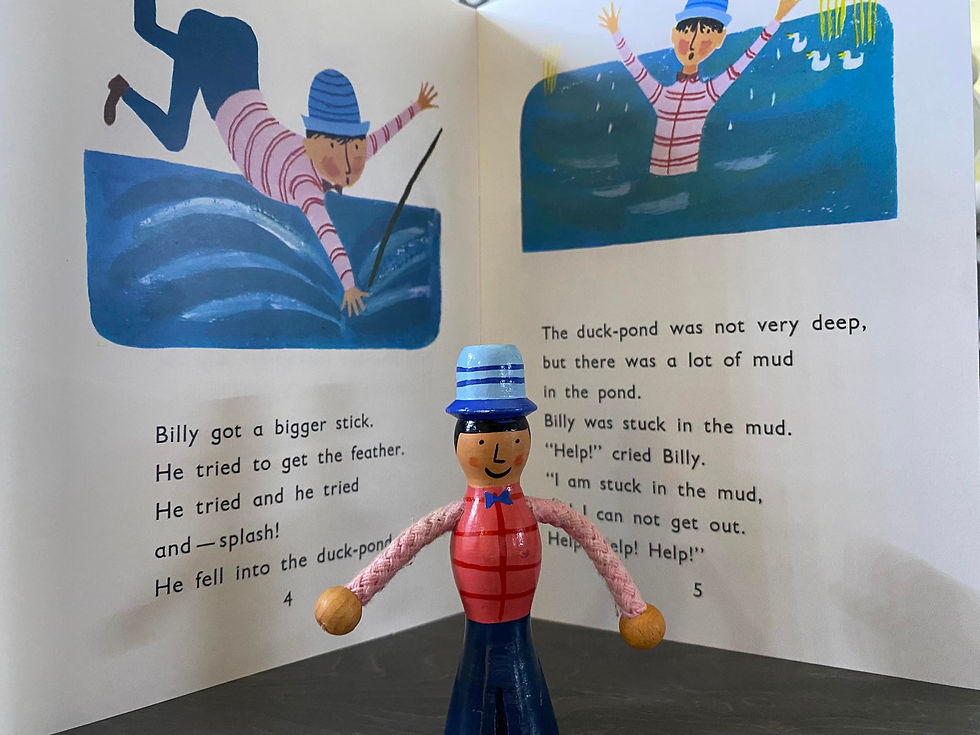Rong or Rite ? Why the New DfE Writing Framework Misses the Real Barriers for Dyslexic Learners
- The Reading Hut Ltd

- Jul 9
- 6 min read
The Department for Education’s new Writing Framework creatively named "The Writing Framework" aims to raise expectations and improve writing outcomes across primary schools in England. But it does not address a critical issue that continues to hold children back - especially those with dyslexia, speech and language difficulties, or those who simply have not been taught the full code ie those learning phonics with synthetic phonics programmes.

If you’re dyslexic, spelling phonetically is not straightforward. You may not clearly hear the isolated speech sounds, known as phonemes, so the idea of “sounding it out” breaks down before you even begin.
Most children in England will give it a go. They have been taught to connect the sounds they hear to letters, so they might write something like:
I woz supauting Inglund for the footee
This is phonics in action, but only at a surface level.
The Limits of Synthetic Phonics
Children are taught around 100 grapheme to phoneme correspondences in synthetic phonics programmes, tested at the end of Year 1. When they spell “phonetically,” they are drawing from a limited pool, not the full range of 350+ code patterns used in English.
They might write Inglund, as they do not know that the letter E in England can represent the same sound as the i in in. This is not a failure on their part. It is a gap in support to start self-teaching.
1 in 5 can't pass a basic PSC by the end of KS1 and 1 in 4 can't read and spell at minimum levels. This has not changed since 2016. Synthetic phonics was mandated in 2013.
So why are synthetic phonics programme developers involved with this?

Children in England rely on adults to model these patterns across the day. This modelling is what I call Discovery Phonics. The children are given opportunities to develop orthographic knowledge by encouraging their children to map words with untaught GPCs in both directions. The Department for Education expects this too, as outlined in the Spelling Framework. And yet no-one - including those on the sector panel - seem to be talking about this. There is nothing in Read, Write Inc that shows teachers how to show children the letters and sounds used when decoding and encoding words that would consider 'irregular' as they can't be mapped with the taught GPCs.
But that is the part no one else is talking about. It is also what I am currently researching for my doctorate.
What I Saw While Training Thousands of Teachers
While training thousands of teachers in Australia to support children with word mapping in both directions, for decoding AND encoding (spelling), I noticed something important. Many teachers could not confidently identify which speech sounds to map to which letters. Even though they were skilled readers, and even when asked to starting by giving the sounds they use (which may be different to the expectations when teaching phonics) they struggled to see how spoken language connects to written words when the correspondences are not the ones they see in phonics programmes. They were stunned to know that a maps to nine sounds (phonemes) and yet they could read words where it didn’t represent /a/ as in ant, without thinking about it.
The not thinking about it is the crucial part, and what only I seem to be talking about.
This is known in the research as orthographic interference. Once reading becomes automatic, via self-teaching, it is easy to stop noticing how the letters actually map to the sounds. You can no longer see that the letter E in England is representing the same sound as the i in in.
Decoding Is Easier Than Spelling
Decoding is easier because you can rely on partial decoding and guess the word from the picture or the context. But when spelling, there is no context to help. If a child does not know that A can represent the sound at the beginning of England and in, they are more likely to write something that reflects only the limited code they have been taught. They certainly can't use a dictionary! (the /a/ maps to the schwa in that word)
For example, if they see a picture of an orange and the word an underneath, but they have only been taught that A says /a/ as in apple, they will not connect the spelling to the sound they hear at the start of in.
They will guess from the image, not from sound–letter knowledge.
This is one of the key weaknesses of synthetic phonics. If you teach a child that i says i as in in, how do they know that E and A can 'say' it too?
Phonetic Spelling Only Works If You Know the Full Code
Children who can hear and isolate sounds are ahead of many dyslexic learners. But even these children are not being taught all the graphemes that can map to those sounds. Writing is difficult when you are only given part of the code.
Dyslexic learners often manage to read by memorising or guessing. But spelling remains elusive.
To support writing, children need tools that show them how words are built from sounds. They need to be able to:
Say a word and see how it is spelt
Type in the sounds they hear and see the accurate grapheme choices
This is what we have built.
MyWordz® and MySpeekie®: Tools That Can See What Skilled Readers Cannot
Even when adults are blinded by the letters, MyWordz® and MySpeekie® are not.
The full code is mapped. More than 20,000 words are already in the dataset, and children are adding more daily. They can explore any word independently by clicking, saying, or typing sounds.
It is working. Children using our system form all 26 lowercase letters correctly within five weeks. They use Peggy Pencil to learn both lower and upper case, with left and right-handed support.
Catching Dyslexia Before Phonics Begins
Our Speech Sound Play phonemic awareness plan is a ten-day routine designed to catch dyslexic learners before they begin phonics. It is available for free at speechsoundplay.com.
This gives every child a chance to succeed before the confusion of inconsistent code patterns begins. These ten days make it clear which children are struggling to isolate and manipulate sounds, long before they are expected to match them to letters.
This is extended with Discovery Phonics. Exploring the whole code should happen throughout the day. It is just as important for skilled readers with orthographic interference as it is for neurodivergent learners. When used correctly, it can change lives and help us avoid the dyslexia paradox.
It also introduces letter formation. Our Aussie teachers ensure that they can form the 26 lower case letters within the first 5 weeks of Reception - and then use Peggy Pencil to introduce the upper case letters (right and left handed)
The Writing Framework signals a clear shift away from emergent writing, favouring explicit instruction in letter formation and transcription from the start of Reception. While the creative aspects of early mark-making during play remain valuable, the focus is now on teaching children to form all 26 lowercase letters early on, supporting fluency and freeing up cognitive resources for composition. We are already doing that - ironically with RWI phrases used to support the starting and exit points - not the phonics!

I sought permission to use them within free support materials about 15 years ago. This clip is 11 years old and the RWI letter formation phrases viewed over 80K times.
And we sold hundreds of the packs of cards as teachers would cut them up to create letter formation resources!
Learn more here https://www.speechsoundplay.com/daily-letter-formation
We have number formation phrases too!
Schools in England Are Joining from September
From this September, many schools in England will be using MyWordz® in KS1. Yes, synthetic phonics may still be required. But we can:
Screen for dyslexia in Reception using Speech Sound Play (10 Day PA Plan)
Teach Phonemies in the first ten days
Use the Monster Spelling Piano app
Use MyWordz® tech throughout the day to support all learners
The best part is that children do not need the adult to be beside them constantly, to spell new words! They just need access to the tool. They can say the words using the mic, if dyslexic, or type the Phonemies if they have the phonemic awareness.
I have asked how schools can access it for free through the new piloted lending library, but I have not heard anything back yet. If you are reading this and can help, or want your school to join, please get in touch.
Let’s help children see the code. Let’s make reading and spelling possible for every brain.
#orthographicinterference #thewritingframework #dyslexia #phonics #spelling




Comments